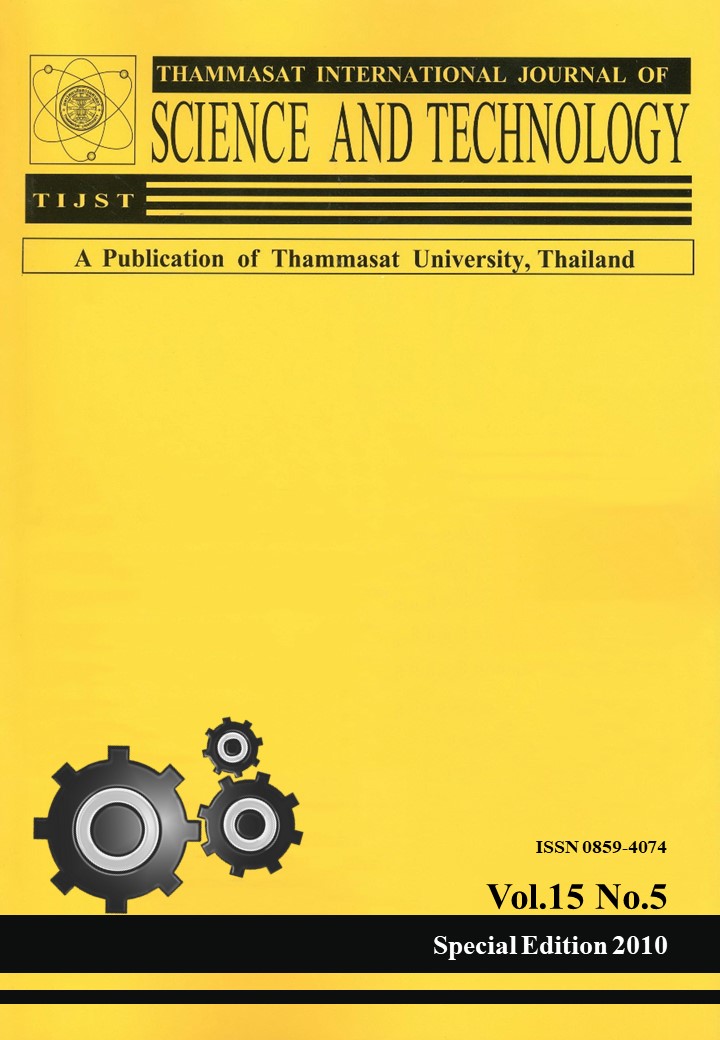Temperature-Sensitive Poly(Acrylamide) Hydrogels for Drug Delivery Applications
Main Article Content
Abstract
This paper provides an overview of controlled-release mechanisms in temperaturesensitive hydrogels used in drug delivery application, and focuses on the hydrophilic to hydrophobic transition of Poly (N-isopropylacrylamide) (PNIAM) as a function of temperature. At a temperature above the lower critical solution temperature (LCST), the
hydrophobic interaction becomes stronger causing PNIAM chains to collapse, allowing the captured molecules or drugs to be released from the hydrogel matrix. This study proposed a mechanism to control this transition in order to vary the hydrophobicity of the hydrogel and its LCST. This can be done through modifying polyacrylamide hydrogel with the inclusion of N-isopropylacrylamide (NIAM). The modification was done by mimicking micellar polymerization, which resulted in better arrangement of NIAM chains in the polyacrylamide network. The degree of NIAM arrangement is described by NH number. The hydrophilic to hydrophobic transition was measured through the partition coefficient, K, of Methylene Blue. The study showed that the hydrogel with higher NH values resulted in better solubility of the dye; yet still retained the temperature-sensitivity of PNIAM.


